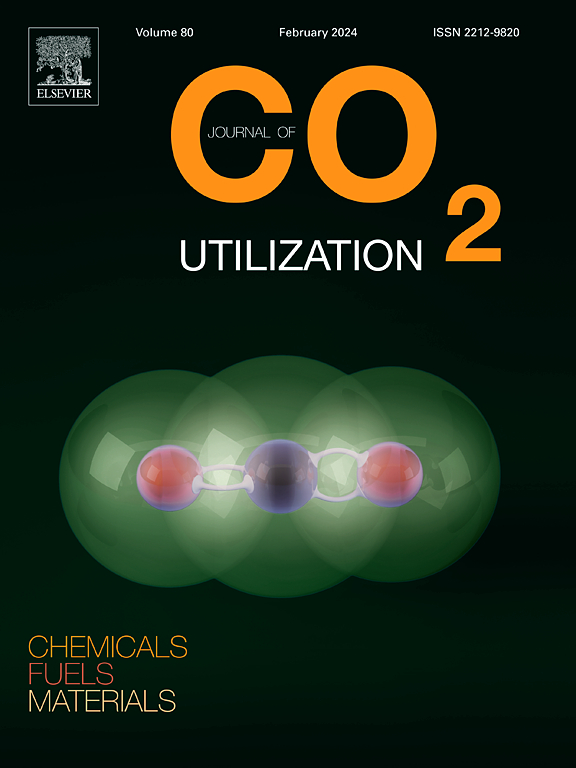耐久性和自修复油井水泥的最新进展:确保碳封存的途径
IF 7.2
2区 工程技术
Q1 CHEMISTRY, MULTIDISCIPLINARY
引用次数: 0
摘要
碳捕集、利用与封存(CCUS)技术在显著减少温室气体排放方面发挥着关键作用。储存井中水泥环的完整性对于确保地下二氧化碳的储存至关重要,然而,酸性二氧化碳会随着时间的推移侵蚀水泥环,导致水泥的化学和机械损伤,从而有可能导致二氧化碳泄漏。纳米技术的进步已经将纳米材料引入固井作业,由于其高表面积和反应性,提高了油井水泥在储存条件下的耐久性。为了提高CO2封存的安全性,建议在水泥中掺入自愈材料,使其能够自主修复微裂缝,保持水泥环的密封完整性。本文首先讨论了井内水泥的水化和碳化过程,并评价了各种纳米材料对水泥耐久性的影响。随后,介绍了油井水泥的自愈机理,以及不同材料对油井水泥自愈性能的影响。最后,通过分析已有的研究成果和存在的问题,提出了未来的重要研究方向。本文章由计算机程序翻译,如有差异,请以英文原文为准。
Recent advancements in durable and self-healing oil well cement: A pathway to secure carbon sequestration
Carbon capture, utilization, and storage (CCUS) technology plays a critical role for significantly reducing greenhouse gas emissions. The integrity of the cement sheath in storage wells is essential to secure the subsurface CO2 storage, however, acidic CO2 can erode the cement sheath over time, leading to chemical and mechanical damages of cement, risking CO2 leakage. The advancement of nanotechnology has introduced nanomaterials into cementing operations, enhancing oil well cement durability against storage conditions due to their high surface area and reactivity. To enhance the security of CO2 storage, it is proposed to incorporate self-healing materials into the cement, which autonomously repair microcracks to maintain the cement sheath's sealing integrity. This review firstly discusses the hydration and carbonation processes of in wellbore cement, and evaluates the influences of various nanomaterials on the cement durability. Subsequently, the self-healing mechanisms of such cement is introduced, along with the effects of different materials on the self-healing performance of oil well cement. Finally, by analyzing existing research achievements and issues, the future important research directions are provided.
求助全文
通过发布文献求助,成功后即可免费获取论文全文。
去求助
来源期刊

Journal of CO2 Utilization
CHEMISTRY, MULTIDISCIPLINARY-ENGINEERING, CHEMICAL
CiteScore
13.90
自引率
10.40%
发文量
406
审稿时长
2.8 months
期刊介绍:
The Journal of CO2 Utilization offers a single, multi-disciplinary, scholarly platform for the exchange of novel research in the field of CO2 re-use for scientists and engineers in chemicals, fuels and materials.
The emphasis is on the dissemination of leading-edge research from basic science to the development of new processes, technologies and applications.
The Journal of CO2 Utilization publishes original peer-reviewed research papers, reviews, and short communications, including experimental and theoretical work, and analytical models and simulations.
 求助内容:
求助内容: 应助结果提醒方式:
应助结果提醒方式:


